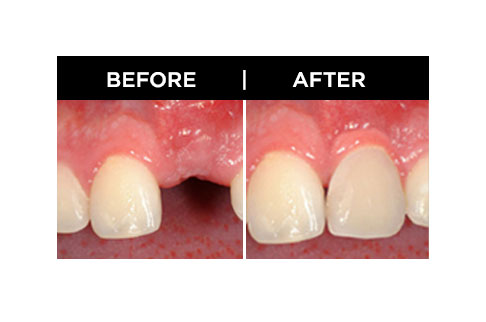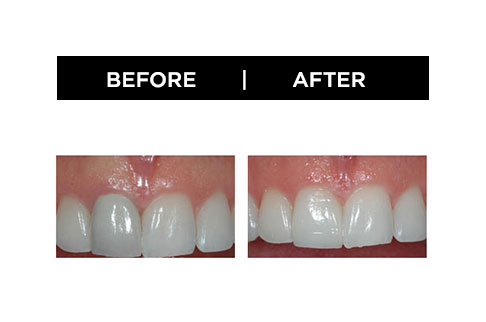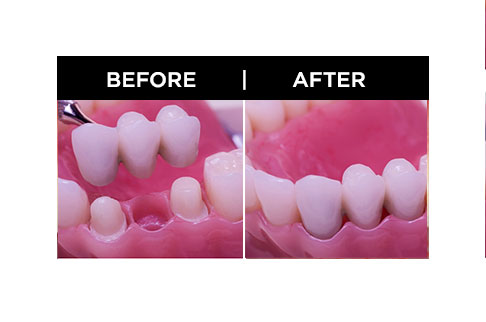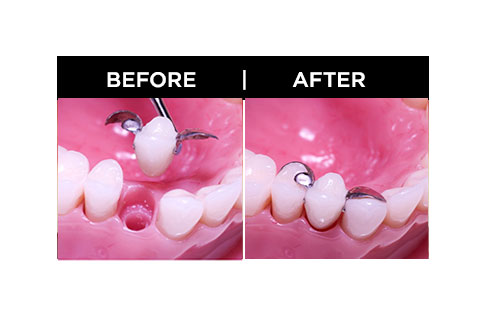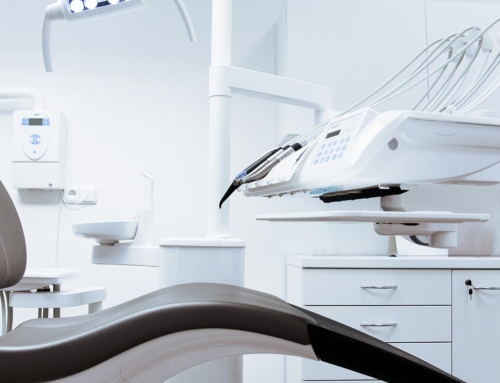Teeth Replacement is a specialised field. Implants are the premium choice. Once the tooth is removed your dentist fixes the titanium screw ato the socket and attaches the dental implant. We can then assess in 3 months if your body has bonded with the dental implant.
Implants are known to be the closest likeness to natural teeth. They have a fantastic success rate when they are skilfully fixed and form a permanent bond with your mouth. Plus, the added benefit is, without damage to adjacent teeth. Some may consider this treatment costly + the process takes time however, the end- result is worth it!
Let’s look at the types of Bridges
Maryland Bridge
A missing tooth is replaced by something in porcelain and is held in place by a metal wing cemented onto the tooth or teeth adjacent.
Advantages:
-
Minimal tooth preparation
-
Fixed in mouth solution (as opposed to dentures)
-
Inexpensive compared with other options
-
Can be completed in 2 weeks
Disadvantages:
-
Still requires some preparation
-
Not advised for high load bearing areas of the mouth
Fixed Bridge
Teeth on either side of a gap are prepared for crowns and a tooth is attached in the middle to replace the missing tooth.
Advantages:
-
Can be used on multiple sites
-
Faster in construction than an implant
-
Can strengthen adjacent teeth if they are in need of crowns
Disadvantages:
-
Preparing teeth on either side of the gap means a considerable amount of tooth is lost
-
Not as good a success rate as implants
Dentures
Preparing dentures can prove challenging to quote upfront, as they are customised to suit your individual requirements. QDC do partial dentures in chrome, valplast or acrylic. Full dentures are in acrylic. Dentures are not a tooth replacement option and generally not recommended as they take a fair bit of adaptation (not always well tolerated).
Dental Implants
Not surprisingly, this is now one of the most popular types of dental restorations. Designed to function and look like your natural teeth, eliminating many of the issues associated with dentures, such as trouble eating and speech difficulties. Implants also prevent common side effects from missing teeth like shifting and jawbone loss. Ideal if you have healthy gums and favorable bone support.
Inlay
Custom fillings made from gold, or tooth-colored porcelain – best alternative to conventional silver and composite fillings. Plus, a terrific solution if you have broken, fractured, or decayed teeth + they cosmetically enhance your smile.
Onlay Restorations
Often referred to as a “partial crown,” onlays are the perfect choice for larger cavities. The process involves removing less tooth prior to placing the onlay. This solution is often preferred by patients as opposed to crown.
Composite Fillings
White tooth-colored fillings which are similar to conventional fillings – but more durable. Designed to withstand stress and resistance, they often last for 10 years or more. And because they’re the same color as the teeth, you will likely find them more visually appealing.
Dental Crowns
Crowns are caps placed on top of your damaged teeth. Once significant decay makes the tooth impossible to fix with conventional dental filling – dental crowns protect, cover, and restore a tooth’s shape. Typically bonded to your tooth with cement, crowns are made to look just like your natural teeth.
Dentures
If you have missing teeth, partial and complete dentures may be an option. Unlike dental implants, you can remove dentures. We will fit you with full dentures if all your teeth are missing, and partial dentures if some natural teeth remain. While dentures can take some time to get used to, the latest designs look and feel more realistic to real teeth.
Fixed Bridge
A cost-effective method for replacing missing teeth, and typically consists of two or more crowns to close the gap between two or more of your teeth. Bridges are a good option if you’re managing chronic gum disease as they are not implanted directly into the gum tissue.
Root Canal
These repair and save badly damaged or infected teeth, providing a better alternative to tooth extraction. During a root canal, we remove the tooth’s pulp and then clean and seal the inside of the tooth. Modern technology has made root canals far less painful than they were in the past.


